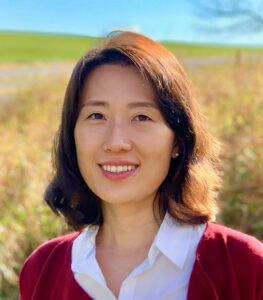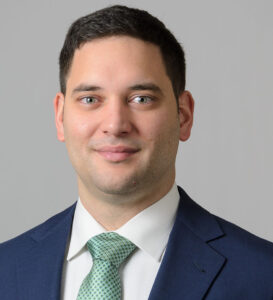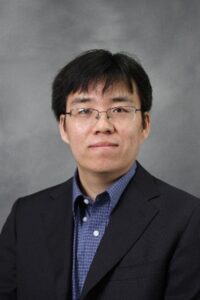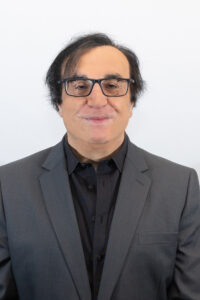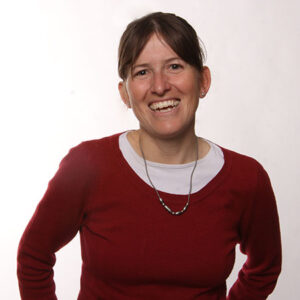Abstract: Kansei Engineering (KE) is a method designed by Mitsuo Nagamachi in the 1980s to translate consumers’ feelings and perceptions of a product (Kansei) into design elements. Its applications are used for new product development cases commonly in the automotive, construction machinery, electric home appliances, office machinery, house construction, costume and cosmetic industries (Nagamachi, 2002). The word Kansei generally refers to sensitivity, sensibility, feeling and emotion. In product design discipline, understanding user behavior and feelings and applying them to artifacts is crucial. Kansei Engineering providing data about the emotional connections between the design features and user perceptions, clearly defines the problem space by starting with the span the semantic space and span the space of properties steps where the possible/potential design features are selected to be tested (Schütte et al. 2004). It enables modelling the relationship between the design features and the corresponding feelings of the users empirically with quantitative data analysis. This talk will review our research between 2017 and 2022, on application of Kansei Engineering methodology in design process of novice designers (Erol, 2022; Erol & Leblebici Basar, 2020; 2022).
Biographical Sketch: Deniz Leblebici-Basar, Ph.D. is assistant professor at Istanbul Technical University, Istanbul, Turkey. Has received her Doctoral, Master of Science and Bachelor of Science degrees in Industrial Design from Istanbul Technical University. She has been serving as a researcher and faculty at Istanbul Technical University since 2003. She studied design cognition and worked as a research scholar at the Cognition and Language Lab, University at Albany, State University of New York, Albany, U.S.A., in 2009 and 2015. She has been awarded several national and international grants on her academic research areas; cognitive processes of designing activity and cognitive modeling of the design process, user experience design, user experience psychology and university- industry collaborations. Between 2016-2018 she has served as Vice Dean responsible of administrative services at the Faculty of Architecture, ITU. Between 2018-2020 she has served as Visual Communications Director of Istanbul Technical University. She is in the editorial board of AZ ITU Journal of Architecture since 2020.



